7 Mistakes You’re Making with Plastic and Paper Recycling
7 Mistakes You’re Making with Plastic and Paper Recycling
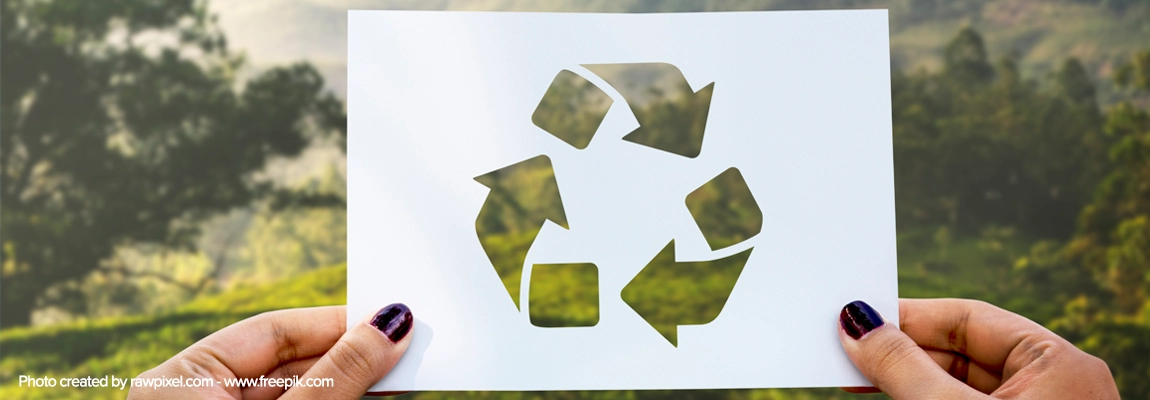
Recycling is a process that arguably all of us are familiar with—we know that’s it good for the environment. However, more often than not, we don’t go about the process in a way that’ll help maximise the positive effects of recycling. To help avoid that, this article highlights seven mistakes you’re making with plastic and paper recycling, both at your workplace and at home. So, let’s get into them.
1. Thinking That Recycling Paper Saves Trees
It’s important to have a clear understanding of the purpose of recycling. That way, you can know why it’s crucial to participate in the process. A common misconception is that recycling paper saves trees. On the contrary, the need for paper has helped save trees. Trees are commercially grown just for producing paper, and that has helped prevent deforestation. Thus, recycling is needed to reduce the amount of waste. A tonne of paper approximately saves a landfill space of 3 cubic metres. Of course, that also prevents the associated costs of putting the paper there.
In addition to saving landfill space, recycling creates jobs for people. There are various organisations that hire people to work in managing paper and plastic recycling. So, taking care to recycle properly also helps people working in this sector earn a living.
2. Placing Non-Recyclable Paper in a Recycling Bin
All paper-based products are not recyclable. These items are often contaminated, which includes paper towels, toilet paper and tissue paper, cigarette butts, dirty paper plates, carbon paper, sticky notes, dog food bags, and laminated paper. Non-recyclable paper products may also include other elements such as foils, waxes, glues, and laminates.
With that said, it’s best to know what is recyclable to avoid paper recycling mistakes. Well, this list of products includes recyclable paper products but is not limited to just this.
- Newspapers
- Brochures and magazines, including glossy ones
- Office paper, shredded paper
- Envelopes that you have had printed by a professional printing company
- Cardboard boxes of all kinds, including those for cosmetic and medicinal products, dry food, and others
- Food cartons and milk and beverage cartons (e.g., Tetra Pak)
- Paper gift wraps (only the few that are recyclable)
- Books and old telephone directories
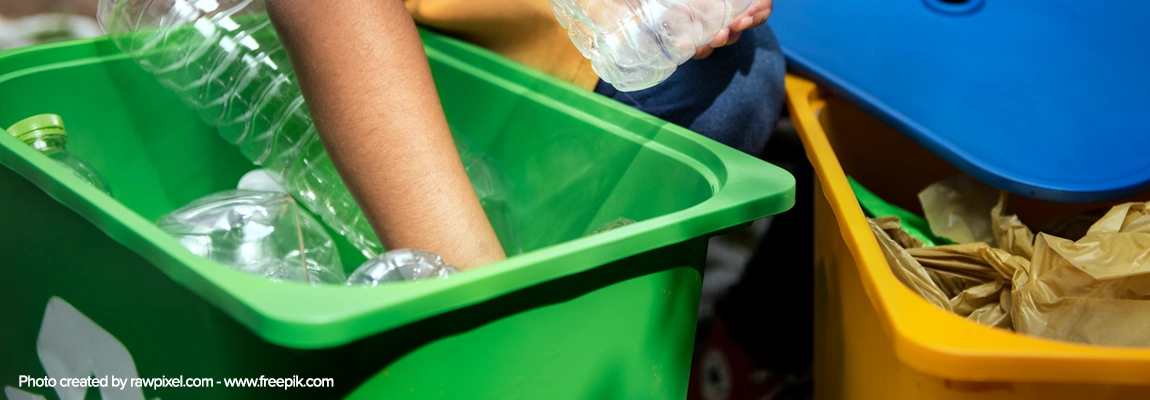
3. Not Washing Out Your Food Containers First
Many restaurants and takeaways package their food in recyclable, paper or plastic containers when they deliver it to your home. It’s important not to put them directly into your recycling wheelie bin without first rinsing them. The remains of food can contaminate other recyclable materials, making them non-recyclable. Thus, the simple solution is to empty the leftovers in a compost bin or food waste bag and rinse out the containers with water leaving no food traces. Doing so will prevent ruining all of the items that are already present in your recycling bag or bin.
If you’re an office manager and want your company to take your company’s recycling seriously, then you must ensure that recycling any paper and plastics is a simple and quick process for the staff at the workplace. Best practice is that each employee has a separate recycling bin available under their desk, instead of just a few bins scattered around the office. This will help your company to reduce potential landfill waste too.
People are more likely to throw recyclable paper in the appropriate bin if it’s right in front of them. However, if they have to get off their desks and walk to the bin every time, they may just choose to throw it in the wastebin instead. So, it’s crucial to have recycling bins at key locations in the office, such as:
- In kitchens, break rooms and meeting rooms
- Under all employee desks
- Under or beside photocopiers or laser printing stations
- In your reception area
- In all bathrooms
Better access will make recycling a lot more seamless at the workplace.
4. Failing to Remove Sticky Tape
Perhaps one of the most overlooked paper recycling mistakes is failing to remove sticky tape off paper and cardboard. Typically, sticky tape is made of polypropylene— a type of non-recyclable plastic, otherwise it will end up in landfill.
If possible, it’s a good idea to consider using eco-friendly substitutes for sticky tape. These include biodegradable tapes made from hemp or bamboo. Brown paper tape is also recyclable and plastic-free.
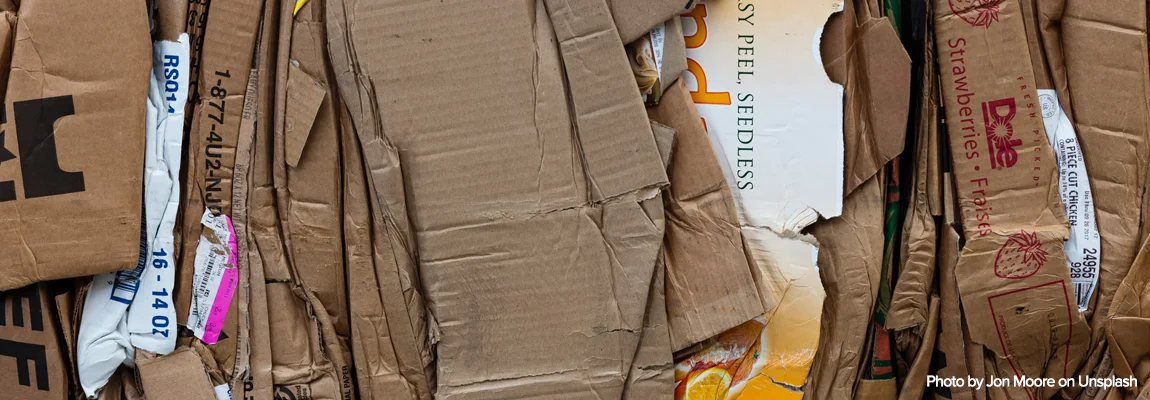
5. Placing Recyclable Flexible Plastic Packaging with Other Recycled Items
There’s a good chance that you’re making one of the most common plastic recycling mistakes, which is placing recyclable flexible plastic packaging with other recycled items. Flexible packaging includes zipper lock and stand-up pouches, crinkly wrappers, bags with plastic seals, non-food protective packaging, and net plastic bags.
Mixing flexible packaging with other recycling items can make it harder for the waste and recycling professionals to sort them out later. So, it’s best to store flexible packaging in a separate bag and let the people responsible for managing recycling materials or your waste carriers know about it.
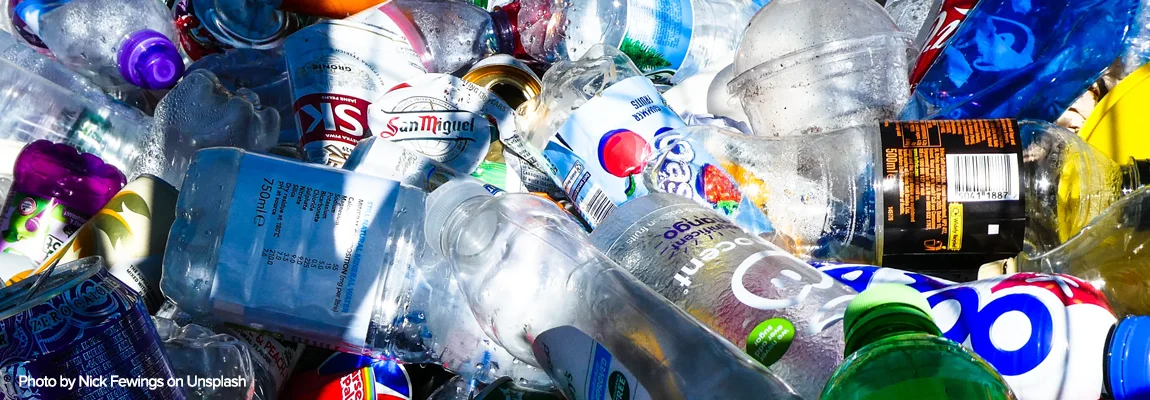
6. Putting Plastic Bags in Your Recycling Bin
Plastic bags (unless dedicated, biodegradable food waste bags) are not recyclable. So, you should not make the mistake of putting it in your recycling bin, even if it’s just to cover another recyclable item. In many recycling-sorting facilities, the plastic bags themselves aren’t opened. So, you should take care not to place anything that isn’t reusable inside them.
It’s also best practice to clear bags for your recyclable items if you can acquire them. It will allow the appropriate personnel to view the contents of the bag without opening it. Also, more often than not, even a recyclables inside a black plastic will go straight to a landfill.
What you can do is reuse heavy-duty plastic bags at home as much as possible, especially when going to shop. This way, you’ll reduce the need for using and gathering more plastic bags until you really need them. The paper bag taxes in the UK are deterring more and more people from using them anyway in favour of reusable bags.
7. Not Being Careful of Small Items
Items that are smaller than a Post-it™ note cannot be recycled, including both paper and plastic recycling. Small items may go overlooked and put into recycling without realising it. So, this is possibly one of the most common mistakes you’re making with plastic and paper recycling. However, again, it can potentially contaminate other items in the bin. Also, considering many waste facilities simply don’t open bags makes this potentially more problematic.
If you’re uncertain if something is too small for recycling, your safest bet is to throw it in your general waste. There’s no reason to risk cross-contamination if there’s some doubt.
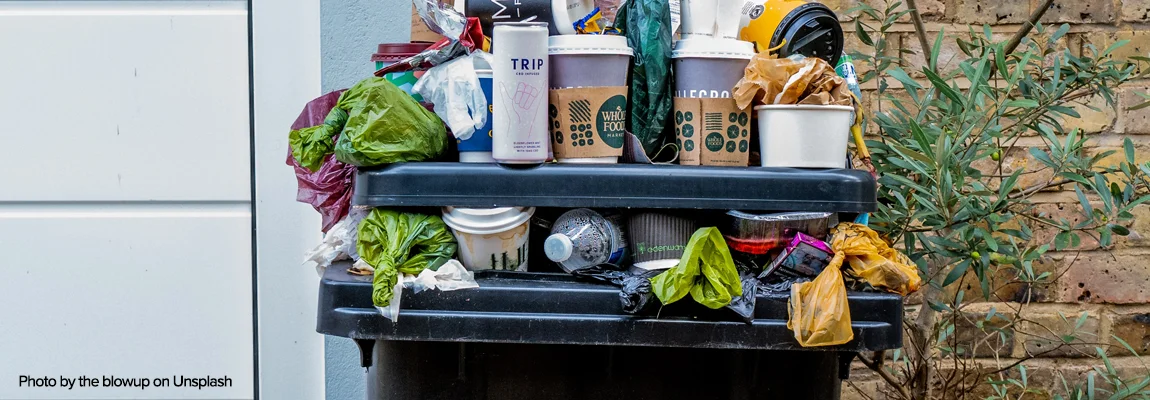
Last Few Words
Plastic and paper recycling mistakes are very common – especially amongst the general public — , and you may not realise that you’re contaminating other items because of it. Being diligent can help change that and protect the environment as a result. There is, of course, additional effort in ensuring that items are properly recycled, but if everyone makes an extra effort to do so, there will be immense, positive effects on the environment. If you are an office manager, it can help to work closely with your local council’s recycling facility to ensure that appropriate measures are taken for effective recycling.